
漢德百科全書 | 汉德百科全书

Hebräisch (hebräisch עברית ‘Ivrit, ![]() moderne hebräische Aussprache?/i) gehört zur kanaanäischen Gruppe des Nordwestsemitischen und damit zur afroasiatischen Sprachfamilie, auch semitisch-hamitische Sprachfamilie genannt.
moderne hebräische Aussprache?/i) gehört zur kanaanäischen Gruppe des Nordwestsemitischen und damit zur afroasiatischen Sprachfamilie, auch semitisch-hamitische Sprachfamilie genannt.
Die Basis aller späteren Entwicklungsformen des Hebräischen ist die Sprache der heiligen Schrift der Juden, der hebräischen Bibel, deren Quellschriften im Laufe des 1. Jahrtausends v. Chr. entstanden und kontinuierlich redigiert und erweitert und schließlich um die Zeitenwende kodifiziert wurden. (Alt-)Hebräisch wird daher oft mit dem Begriff „Biblisch-Hebräisch“ gleichgesetzt, selbst wenn dies weniger sprachhistorisch als literaturhistorisch begründet ist: Althebräisch als die Sprache des größten Teiles des Alten Testamentes. In der Bibel wird die Sprache שְׂפַת כְּנַעַן sefat kena‘an („Sprache Kanaans“, Jes 19,18) oder יהודית jehudit („jüdisch“, „judäisch“; Jes 36,11 2Kö 18,26+28 2Chr 32,18 Neh 13,24) genannt. Nach der Zerstörung des Jerusalemer Tempels durch Nebukadnezar II. im Jahre 586 v. Chr. und dem darauf folgenden Babylonischen Exil kam die dortige Amtssprache Aramäisch unter den Juden in Umlauf, sodass das Hebräische fortan in Konkurrenz zum Aramäischen stand und viele Einflüsse von ihm aufnahm.
Nach der Zerstörung des Zweiten Tempels zu Jerusalem im Jahre 70 n. Chr. verlagerte sich das Zentrum jüdischen Lebens von Judäa nach Galiläa und ins Exil. Etwa ab dem Jahre 200 hörte Hebräisch auf, Alltagssprache zu sein. Es blieb indessen eine Sakralsprache, wurde jedoch nie ausschließlich zu liturgischen Zwecken benutzt, sondern auch zur Abfassung von philosophischen, medizinischen, juristischen und poetischen Texten, sodass sich das Vokabular des Mittelhebräischen im Laufe der Jahrhunderte erweitern konnte. Es ist ebenfalls bezeugt, dass sich die verstreuten jüdischen Gemeinden zur Verständigung untereinander des Hebräischen bedienten.
Die Erneuerung des Hebräischen mit dem Ziel seiner Etablierung als jüdische Nationalsprache in Palästina begann im späten 19. Jahrhundert auf Initiative von Elieser Ben-Jehuda. 1889 gründete er in Jerusalem den „Rat der hebräischen Sprache“, den Vorläufer der Akademie für die hebräische Sprache, mit dem Ziel, die seit etwa 1700 Jahren kaum noch gesprochene Sprache der Bibel wiederzubeleben. In der Folgezeit entstand das moderne Hebräisch (auf Deutsch oft als Ivrit bezeichnet), dessen Unterschiede zum biblischen Hebräisch im Schriftbild und der Morphologie äußerst gering, in der Syntax und dem Vokabular zum Teil gravierend sind.
希伯来语(עִבְרִית ‘Ivrit,读音:[iv'ri:t]),属于亚非语系闪米特语族,为古代犹太民族(以色列民族或希伯来民族)一直到现代人民的民族语言、也是基督教和犹太教的宗教语言。过去2500年,希伯来语主要用于《圣经》与相关宗教方面的研究,自从20世纪特别是以色列复国以来,希伯来语作为口语在犹太人中复活,渐渐取代阿拉伯语、拉迪诺语和意第绪语,以色列复国后将希伯来语定为官方语言之一,采用希伯来字母书写;另一种官方语言是阿拉伯语(现已降级为认可的法定语言)。希伯来语亦如同其它大部分的闪语族语言般,其拼写法为横写由右到左。
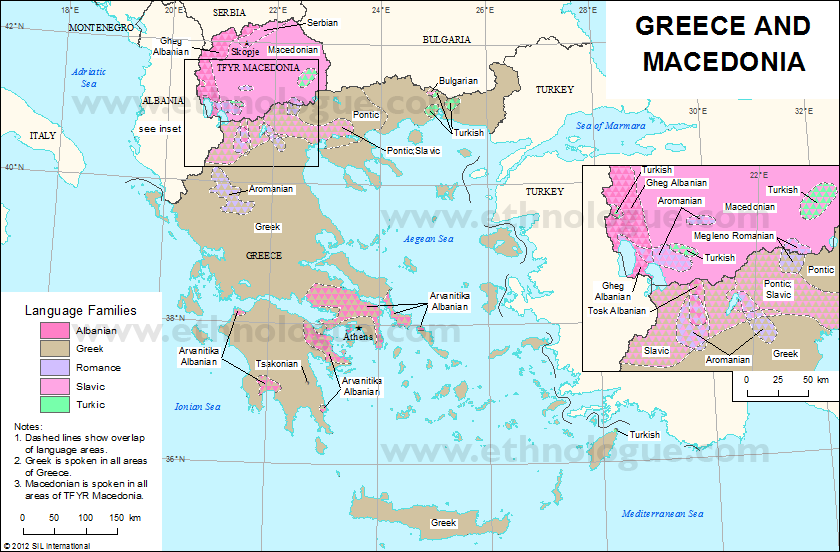

| Rang | Land | Anteil Protestanten | Rang | Land | Anzahl Protestanten |
|---|---|---|---|---|---|
| 1 | 95,5 % | 1 | 159.850.000 | ||
| 2 | 95,4 % | 2 | 59.680.000 | ||
| 3 | 91,3 % | 3 | 58.040.000 | ||
| 4 | 89,9 % | 4 | 40.500.000 | ||
| 5 | 88,0 % | 5 | 36.550.000 | ||
| 6 | 87,0 % | 6 | 33.820.000 | ||
| 7 | 86,7 % | 7 | 31.700.000 | ||
| 8 | 84,2 % | 8 | 28.640.000 | ||
| 9 | 81,8 % | 9 | 24.160.000 | ||
| 10 | 81,3 % | 10 | 18.860.000 |
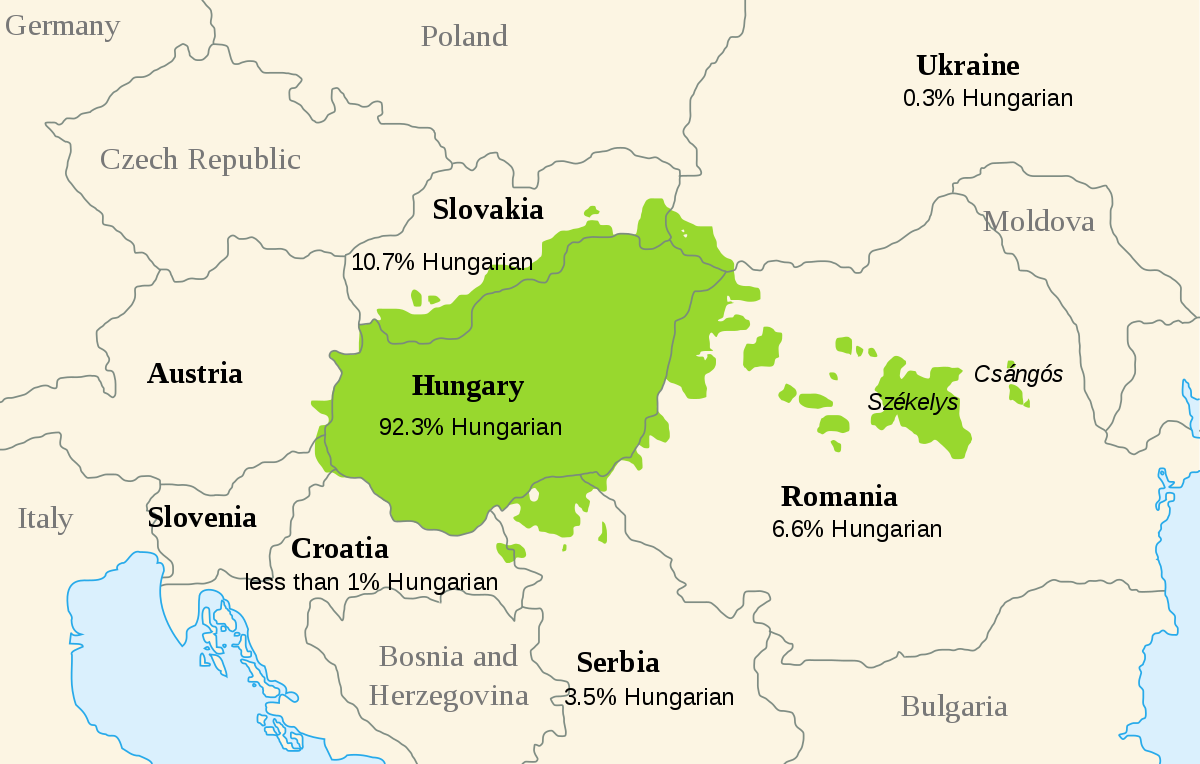

 Afghanistan
Afghanistan
 Egypt
Egypt
 Algeria
Algeria

 History
History
 K 500 - 1000 AD
K 500 - 1000 AD
 Iraq
Iraq
 Iran
Iran
 Yemen
Yemen
 Jordan
Jordan
 Katar
Katar
 Comoros
Comoros
 Libanon
Libanon
 Libya
Libya
 Malediven
Malediven
 Morocco
Morocco
 Pakistan
Pakistan

 Religion
Religion
 Islam
Islam
 Republic of the Sudan
Republic of the Sudan
 Saudi Arabia
Saudi Arabia
 Somalia
Somalia
 Syria
Syria
 Tajikistan
Tajikistan
 Tunisia
Tunisia
 Turkey
Turkey
 Uzbekistan
Uzbekistan

Verteilung muslimischer Glaubensrichtungen: Grün: sunnitische Gebiete; Rot: schiitische Gebiete; Blau: Ibaditen (Oman)
Die Sunniten bilden die größte Glaubensgruppe im Islam. Ihre Glaubensrichtung selbst wird als Sunnitentum oder Sunnismus bezeichnet. Die Bezeichnung ist von dem arabischen Wort Sunna (‚Brauch, Handlungsweise, überlieferte Norm, Tradition‘) abgeleitet. Diejenigen, die der sunnat an-nabī, der „Sunna des Propheten“ (sc. Mohammed), folgen, werden im Arabischen als ahl as-sunna („Leute der Sunna“) und im Türkischen als Ehl-i Sünnet bezeichnet, was im Deutschen üblicherweise als „Sunniten“ wiedergegeben wird. Neben ahl as-sunna wird im Arabischen auch der erweiterte Ausdruck ahl as-sunna wal-dschamāʿa (arabisch أهل السنة والجماعة, DMG ahl as-sunna wal-ǧamāʿa ‚Leute der Sunna und der Gemeinschaft‘) verwendet. Die Glaubenslehren der Sunniten werden in verschiedenen Glaubensbekenntnissen dargestellt, die sich je nach dogmatischer Ausrichtung der Autoren unterscheiden.
Heute gelten die Schiiten als die wichtigste Gegengruppe zu den Sunniten, allerdings hat sich das sunnitische Selbstbewusstsein im Mittelalter nicht nur in Absetzung zu den Schiiten, sondern auch zu den Charidschiten, Qadariten und Murdschi'iten herausgebildet. Über die Frage, welche dogmatischen Lehrrichtungen dem Sunnitentum angehören, besteht unter den muslimischen Gelehrten keine Einigkeit. Eine der wenigen internationalen Initiativen zur Klärung der sunnitischen Identität war die Sunnitenkonferenz von Grosny im August 2016. Auf ihr wurden die Takfīrī-Salafisten und andere extremistische Gruppen wie der Islamische Staat aus dem sunnitischen Islam ausgeschlossen.[1]
逊尼派(阿拉伯语:أهل السنة والجماعة,ʾAhl ūs-Sunnah wa āl-Ǧamāʿah,简称أهل السنة ʾAhl ūs-Sunnah),又译素尼派,原意为遵循圣训者,为伊斯兰教中的最大派别,自称“正统派”,与什叶派对立。一般认为,全世界大约有85~91%穆斯林隶属此派别[1][2][3]。
スンナ派(アラビア語:(أهل السنة (والجماعة 、ラテン文字転写:Ahl as-Sunnah (wa’l-Jamā‘ah))、あるいはスンニ派(日本では報道などでこちらが一般的に知られる)は、イスラム教(イスラーム)の二大宗派のひとつとされる。他のひとつはシーア派である。イスラームの各宗派間では、最大の勢力、多数派を形成する。
Sunni Islam (/ˈsuːni, ˈsʊni/) is the largest denomination of Islam, followed by 87–90% of the world's Muslims, characterized by a greater emphasis upon the prophet, the sahabah (in particular the Rashidun), and customs deduced thereof.[1][2] Its name comes from the word sunnah, referring to the behaviour of the Islamic prophet Muhammad.[3] The differences between Sunni and Shia Muslims arose from a disagreement over the succession to Muhammad and subsequently acquired broader political significance, as well as theological and juridical dimensions.[4]
According to Sunni traditions, Muhammad did not clearly designate a successor and the Muslim community acted according to his sunnah in electing his father-in-law Abu Bakr as the first caliph.[4] This contrasts with the Shia view, which holds that Muhammad announced his son-in-law and cousin Ali ibn Abi Talib as his successor, most notably at Ghadir Khumm.[5][6][7][8][9] Political tensions between Sunnis and Shias continued with varying intensity throughout Islamic history and have been exacerbated in recent times by ethnic conflicts and the rise of Wahhabism.[4]
The adherents of Sunni Islam are referred to in Arabic as ahl as-sunnah wa l-jamāʻah ("the people of the sunnah and the community") or ahl as-sunnah for short.[10][11] In English, its doctrines and practices are sometimes called Sunnism,[12] while adherents are known as Sunni Muslims, Sunnis, Sunnites and Ahlus Sunnah. Sunni Islam is sometimes referred to as "orthodox Islam",[13][14][15] though some scholars view this translation as inappropriate.[16]
The Quran, together with hadith (especially those collected in Kutub al-Sittah) and binding juristic consensus, form the basis of all traditional jurisprudence within Sunni Islam. Sharia rulings are derived from these basic sources, in conjunction with analogical reasoning, consideration of public welfare and juristic discretion, using the principles of jurisprudence developed by the traditional legal schools. In matters of creed, the Sunni tradition upholds the six pillars of iman (faith) and comprises the Ash'ari and Maturidi schools of rationalistic theology as well as the textualist school known as traditionalist theology. Sunni Islam is not a coherent line of tradition, but a consolidation of doctrines and positions worked out over time in discussions and writings.[17]
Le sunnisme1 est le principal courant religieux de l'islam représentant 90 % des musulmans du monde2. Constituant l'un des trois grands courants de l'islam avec le chiisme et le kharidjisme, le sunnisme se distingue des autres courants de l'islam par son interprétation de la religion. Les sunnites sont désignés en arabe comme les gens de la « sunna » et de la majorité religieuse (ahl al-sunna wa'l-djama‘a). Par opposition aux chiites et aux kharidjites, on les appelle parfois « musulmans orthodoxes »3.
Il sunnismo (in arabo: أهل السنة والجماعة, ahl al-sunna wa l-jamāʿa[1], "il popolo della Sunna e della Comunità") è la corrente maggioritaria dell'Islam, comprendendo circa l'85% dell'intero mondo islamico[2]. Essa riconosce la validità della Sunna (consuetudine[3], identificata coi Sei libri) e si ritiene erede della giusta interpretazione del Corano[1], articolata giuridicamente in 4 scuole o madhhab. Queste si dividono in Hanafismo, Malikismo, Sciafeismo, Hanbalismo. Mentre il cristianesimo è la maggiore religione del mondo (con 2,1 miliardi di aderenti) e l'Islam la seconda (con 1,8 miliardi), come confessioni il sunnismo (1,6 miliardi) supera il cattolicesimo (1,2 miliardi). Nell'islam, oltre al sunnismo, le principali confessioni sono rappresentate dallo Sciismo e dal Kharigismo. Sono presenti inoltre numerose forme minori (vedi denominazioni islamiche).
Nel sunnismo, così come nelle altre confessioni islamiche, ci sono divisioni interne tra i credenti sufi e coloro che rifiutano l'approccio sufico.
Los suníes1(en idioma árabe, سنّة) ʾAhlu-s-Sunnati wa-l-Jamāʿah (en árabe, أهل السنة والجماعة) son el grupo musulmán mayoritario en la comunidad islámica mundial. Su nombre procede del hecho de que, además del Corán, son devotos de la Sunna, colección de dichos y hechos atribuidos al profeta Mahoma. Aunque el Islam sunita se compone de una variedad de escuelas teológicas y legales que se desarrollaron a través de entornos históricos, localidades y culturas, los sunitas de todo el mundo comparten algunas creencias comunes: la aceptación de la legitimidad de los primeros cuatro sucesores del profeta Mahoma (Abu Bakr, Omar , Uthman y Ali), y la creencia de que otras sectas islámicas han introducido innovaciones (bidah), partiendo de la creencia mayoritaria.
Sunni Islam se desarrolló a partir de las luchas en el Islam temprano sobre el liderazgo. Las posiciones políticas y religiosas surgieron de las disputas sobre la definición de la creencia "verdadera", la libertad y el determinismo. Los sunitas tienden a rechazar el racionalismo excesivo o el intelectualismo en cuestiones de credo, centrándose en el espíritu y la intención de las fuentes primarias y utilizando argumentos racionales, cuando sea necesario, para defender la ortodoxia y refutar la herejía.23
Сунни́ты, ахль ас-су́нна ва-ль-джама‘а (от араб. أهل السنة والجماعة — «люди сунны и согласия общины») — последователи основного и наиболее многочисленного направления в исламе.
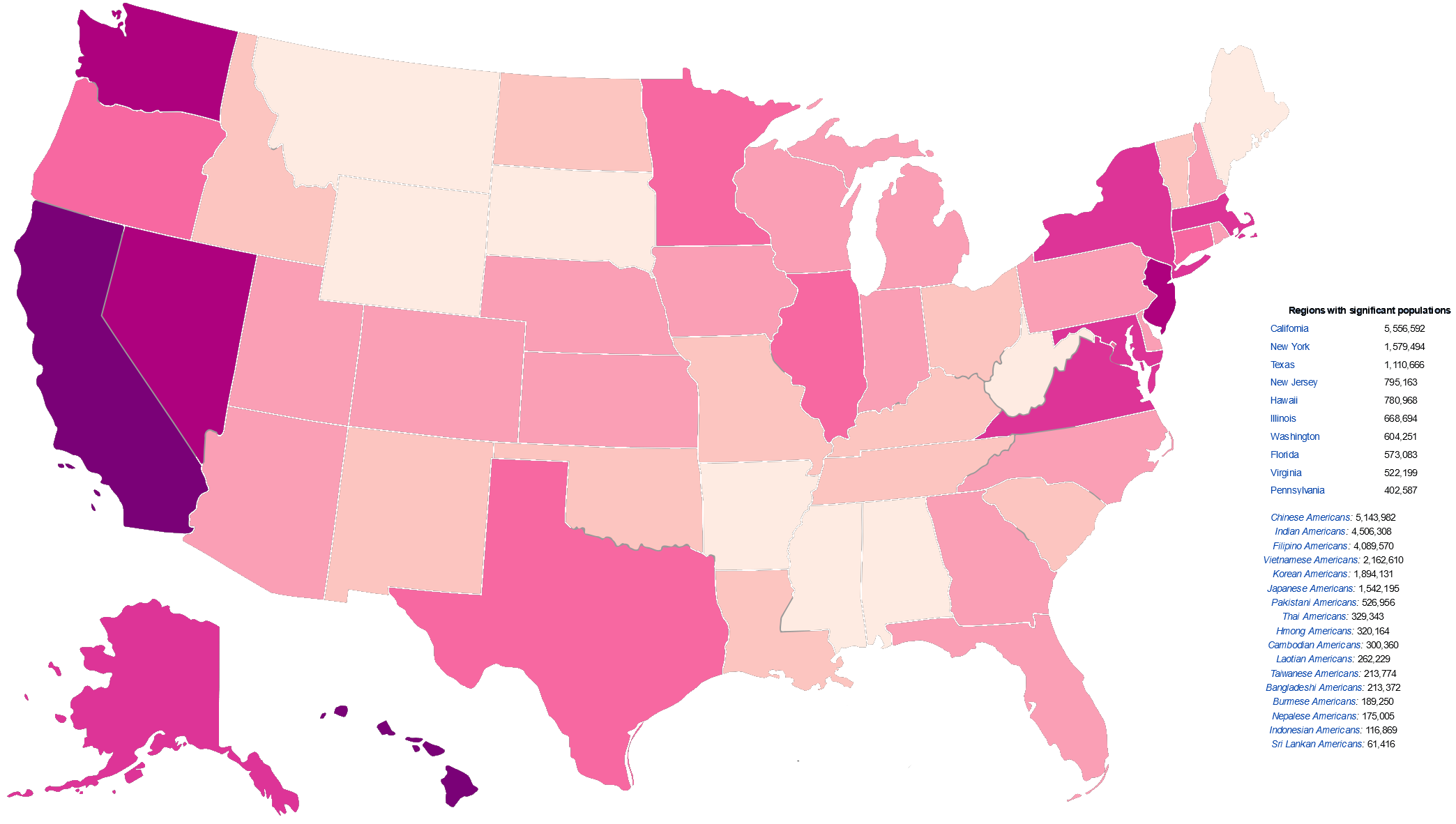


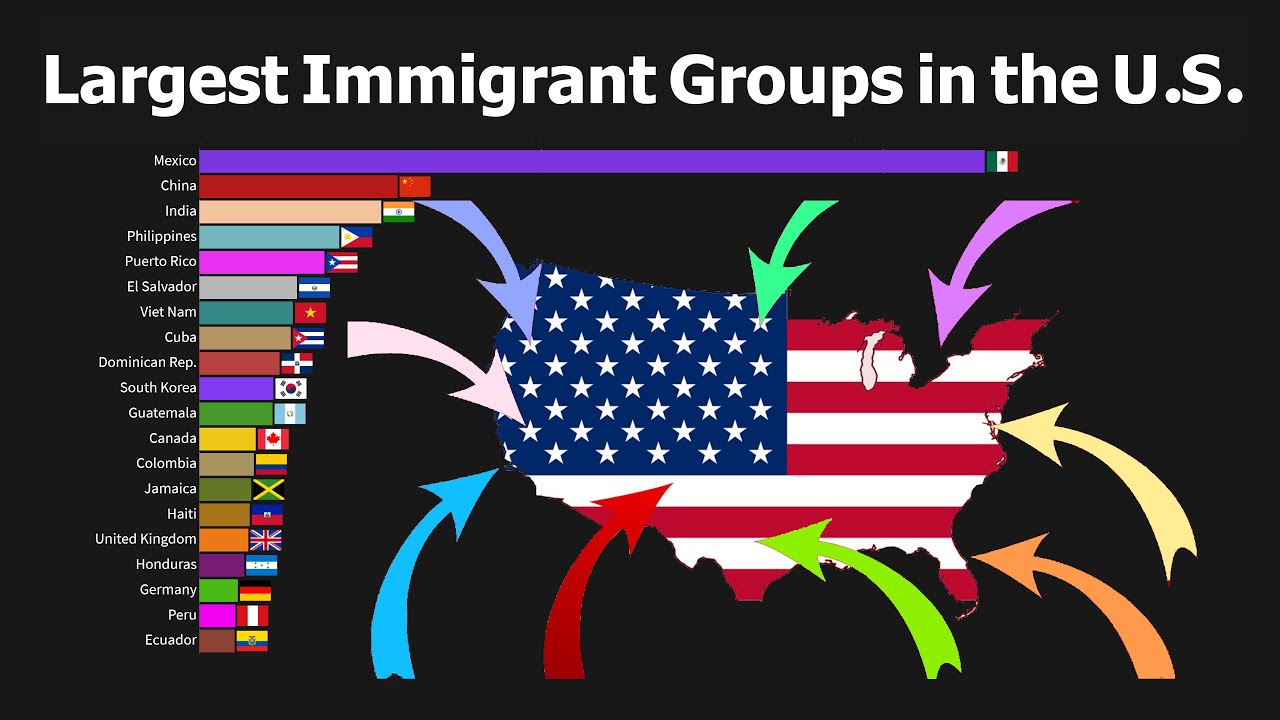

 Energy resource
Energy resource

 Energy resource
Energy resource
 *Nuclear power
*Nuclear power

 Energy resource
Energy resource
 *Electrical power
*Electrical power

 Energy resource
Energy resource
 Nuclear power plants
Nuclear power plants
 India
India

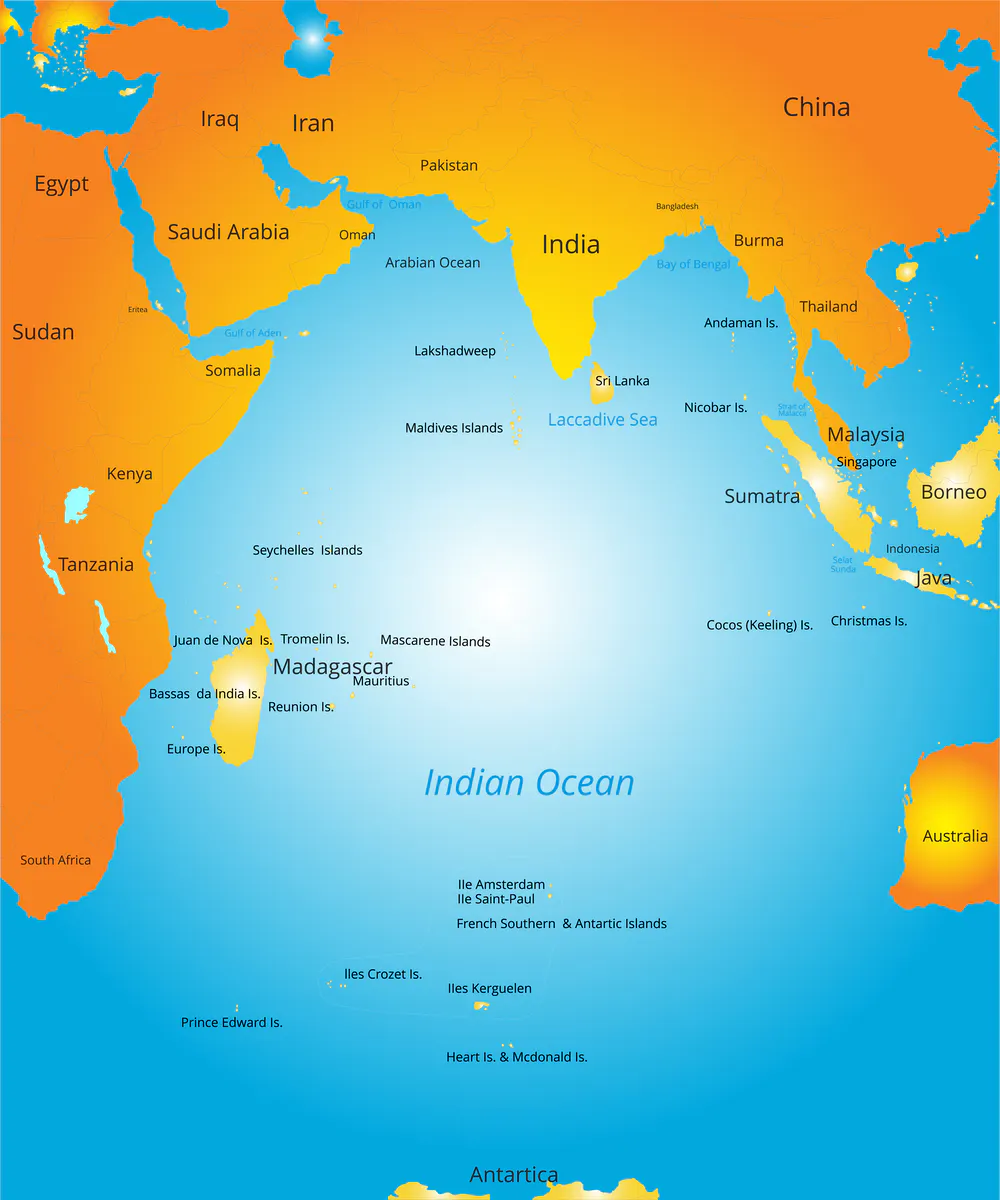

 Energy resource
Energy resource
 *Nuclear power
*Nuclear power

 Energy resource
Energy resource
 Nuclear power plants
Nuclear power plants

 Financial
Financial
 *United Kingdom economic data
*United Kingdom economic data
 United Kingdom
United Kingdom

 Economy and trade
Economy and trade

 Geography
Geography
 Literature
Literature
 Art
Art
 Science and technology
Science and technology


 Automobile
Automobile
 Transport and traffic
Transport and traffic


 Aerospace
Aerospace
 Review
Review
 Agriculture, forestry, livestock, fishing
Agriculture, forestry, livestock, fishing



 Military, defense and equipment
Military, defense and equipment